At Philips, we think innovation should be about creating quality products you can love for a long time, then recycle. We’ve put this mindset into action in many ways over the years, and we’re only getting started. Our goal is to create products that can be recycled and re-used. To make sure select returned items don’t go to waste, we refurbish and resell them in select markets with a full guarantee. We also developed our Lumea "try and buy" model. It’s where we offer customers the choice of renting instead of buying our products. When the rental period is over, we take the product back, then refurbish it so it can be used by another customer. Outside of renting and refurbishing, we keep our products living longer by offering a selection of replaceable parts. And we’re even making progress in designing domestic appliances that are easy to fix. In the future, we want to offer consumers more ways to enjoy our products for longer — and will continue designing for recyclability and repair. It’s all in service of our ultimate goal to use less and re-use more.
Our sustainable design, by the numbers
7x
countries now offer refurbished products.
90%
of industrial waste at our Philips wide factories was recycled during 2020.
1500+
accessories and spare parts are available.
In our industry, plastic has long been in demand for its durability, versatility and light weight. But it’s no secret that it can end up polluting our natural environments when it's not disposed of in the right way. And new plastic, or virgin plastic, is created using fossil fuels, which contribute to climate change.
In our efforts to cut down on our environmental impact, we know we need to use less virgin plastic. That’s why we’ve teamed up with suppliers and recyclers worldwide to use more recycled materials in products and packaging. We think of it as a commitment to "vintage" plastic. And while we don't have access to enough quality recycled plastic to replace all the virgin plastic in our products right now, by 2025, we're aiming to quadruple our use of recycled material.
To help make our products easier to recycle, we're phasing out chemicals like PVC and BFR. By 2025, our goal is to remove those chemicals from all possible products — with power cords being the exception. We're also exploring new exciting plastic options that have a link to the natural world. Have you heard of bio-based plastic? It's quality plastic sourced from plants or other biological materials — like used cooking oil! If you want to learn more, check out our new Breakfast Set, made from 100% bio-based plastic.
All together, these material innovations are propelling us towards a more eco-friendly future. By repurposing existing materials — and designing our own for re-use — we’re able to minimize waste and take less from the environment.
Our material commitments, by the numbers
7600
tons of recycled plastics in products by 2025.
84%
of our consumer products sold are now easier to recycle.
>75%
recycled cardboard in our packaging.
In 2020, we became carbon neutral in our operations, from our own factories to offices, logistics and travel. To put it simply, that means we remove as much carbon as we release into the atmosphere. We got there by switching to wind and solar power instead of traditional electricity from fossil fuels that contribute to climate change. And in those cases where we can’t use renewable energy (like travel and logistics), we buy carbon offsets, which compensate for emissions by funding various reforestation and forest conservation projects in emerging regions. In the future, we’ll continue cutting down on remaining emissions to reduce the impact we have on the environment. But to do our part in the battle against climate change, we have to look beyond our operations. This may come as a surprise: up to 80% of our products’ overall environmental impact comes from their use in homes. To help you use less energy without even trying, we’ve been developing high-quality, energy-efficient products for almost three decades. And we’re producing more every day that go beyond legal requirements. So if you’re in the market for a new home appliance, don’t forget to look for energy-efficient chargers and features like eco mode or auto shut off. Trust us, while the energy saved by one product may seem small, together, we can drastically reduce our impact on the environment.
Our energy efforts, by the numbers
70%
of our revenue comes from products that surpass legal requirements for energy efficiency.*
100%
of operations powered by renewable electricity.
Recognition and Awards
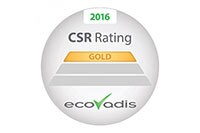

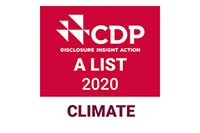
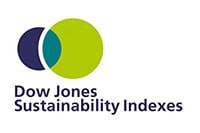
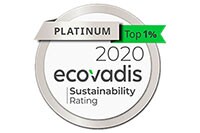
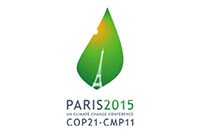
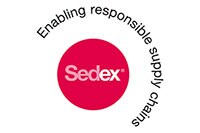

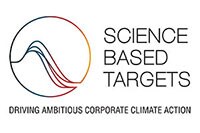
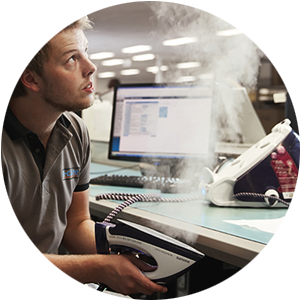
Service & Repair
Extend the life of your products with the help of our Service & Repair team.

